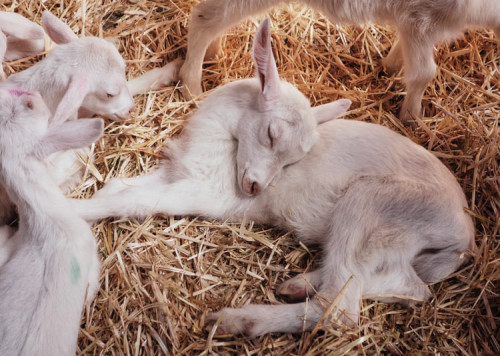Q fever

Occupational Health Considerations
Occupational risks are farm workers and abattoir workers and vets. Immunocompromised workers and pregnant women need special consideration as the pathogenicity of the disease carries greater risks (and possibly asymptomatic infection),.Preventing desiccation of animal products and fluids is an important control measure.
Many species of animal and ticks are reservoirs of the bacterium, and the disease is spread globally through close contact with wild or domestic animals, especially birth products, and also their body fluids and faeces. However, spores of dessicated animal tissue and excreta can spread by air up to 10 kilometres from the source of infection facilitating the weaponisation of the disease: the spored organism is highly resistant to disinfectants, heat, osmotic pressure and UV. Only a very small number of organisms (10) are required for human infection
Clinical Aspects
Q fever is zoonotic disease caused by the gram-negative bacterium Coxiella burnetii.
Acute infection is self-limiting febrile illness in the immunocompetent with various severity (including pneumonia and hepatitis) . Treatment is by Tetracylines, macrolides or rifampicin, but the condition is often self limiting. The chronic disease is characterised by joint infection, endocarditis, vascular infection.
High organism populations accumulate in tissues near to birth. Infection during pregnancy has a specific clinical presentation (mostly asymptomatic), and may result in obstetric and foetal complications.
My reflection

